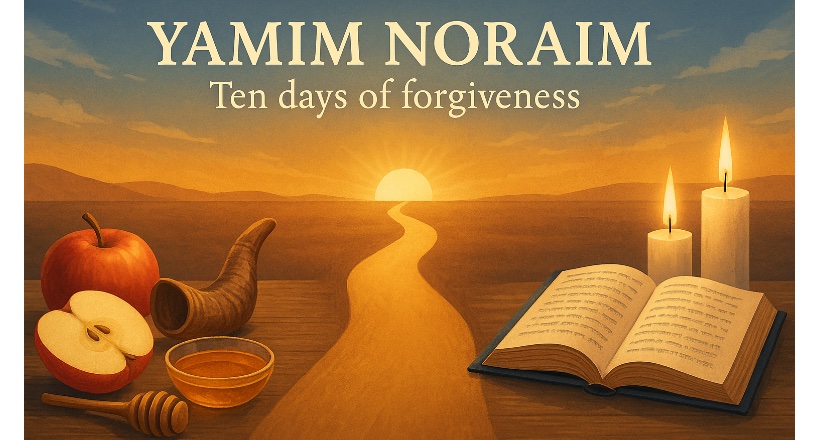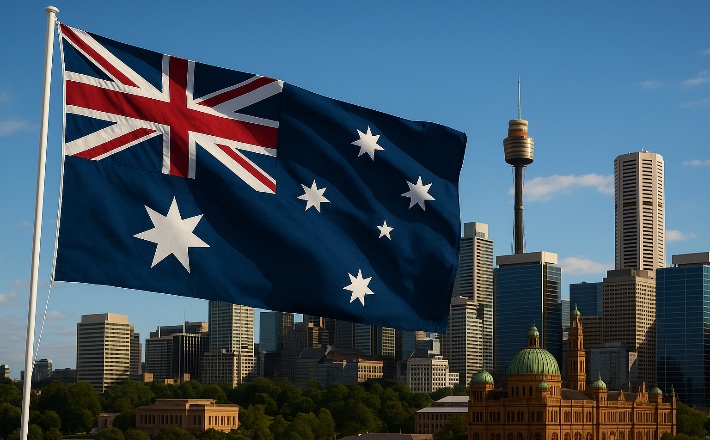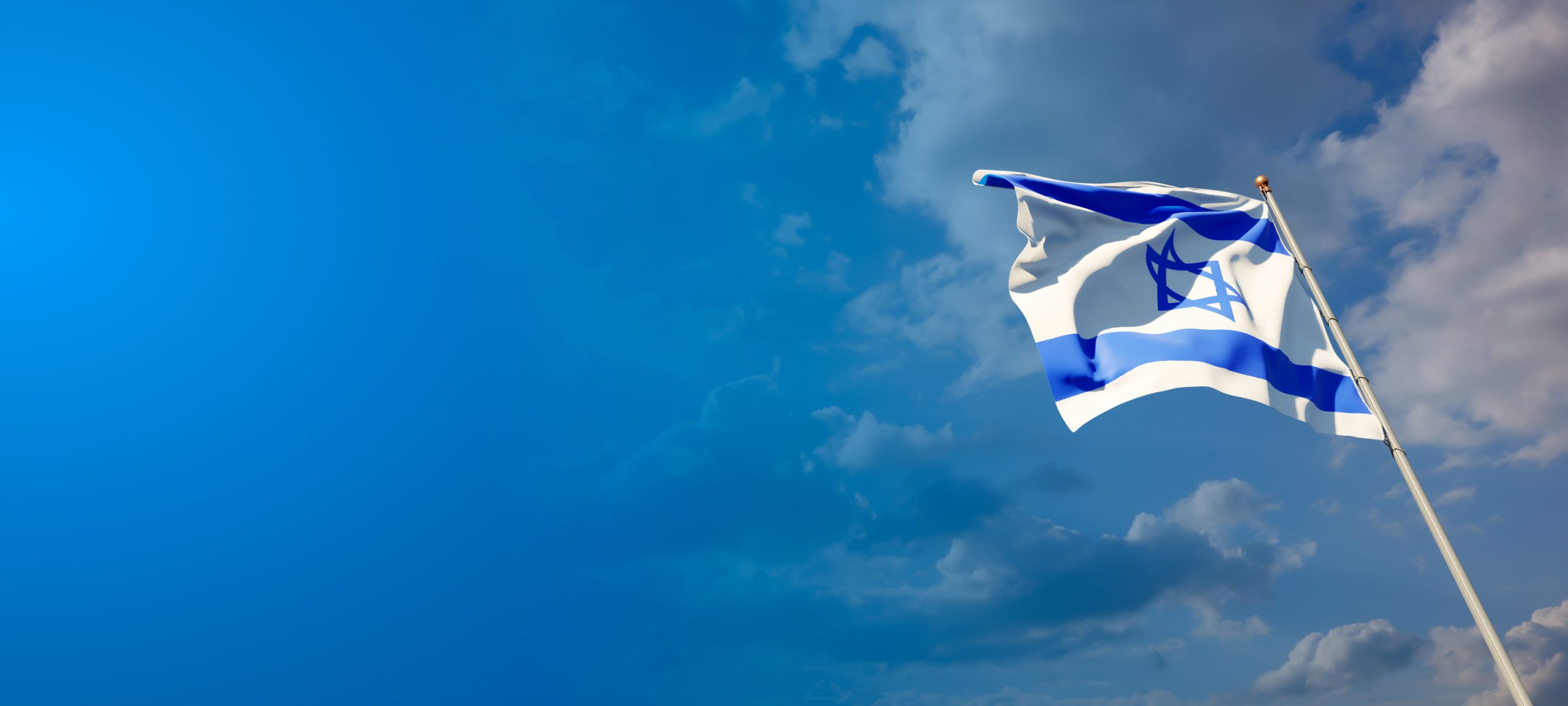Days of Trembling before Yom Kippur
In Israel and Jewish communities around the world, special days are now being observed — Yamim Noraim, or “Days of Awe”. This period between Rosh Hashanah and Yom Kippur is filled with sorrow, prayers, and a quest for spiritual purification.

What these days are
Traditionally, during these ten days, the fate of every person for the coming year is decided. It is believed that on Rosh Hashanah, God “opens the book of life”, and on Yom Kippur — finally “seals” it. Therefore, for millions of Jews around the world, this time becomes especially important: people try to correct their mistakes and seek forgiveness.
What it looks like today
- In synagogues in Israel, night and early morning selichot prayers are held. In Jerusalem, thousands of people gather at the Western Wall.
- In the diaspora, communities also gather for joint prayers, even those who rarely visit the synagogue throughout the year.
- During these days, it is customary to ask for forgiveness from loved ones and reconcile with those with whom there were conflicts.
- Many try to make donations and help the needy, believing that good deeds can change human destiny.
The meaning of the tradition
Although this period is called the days of sorrow, it is not limited to mourning. It is a time for reflection and honest conversation with oneself: what was done wrong, what can be corrected, how to become better in the new year. That is why Yom Kippur — the culmination of these days — is perceived as a holiday of purification and hope.
Today, despite differences between communities, the meaning remains the same: it is an opportunity for renewal, unity with God and people, and spiritual strengthening.





